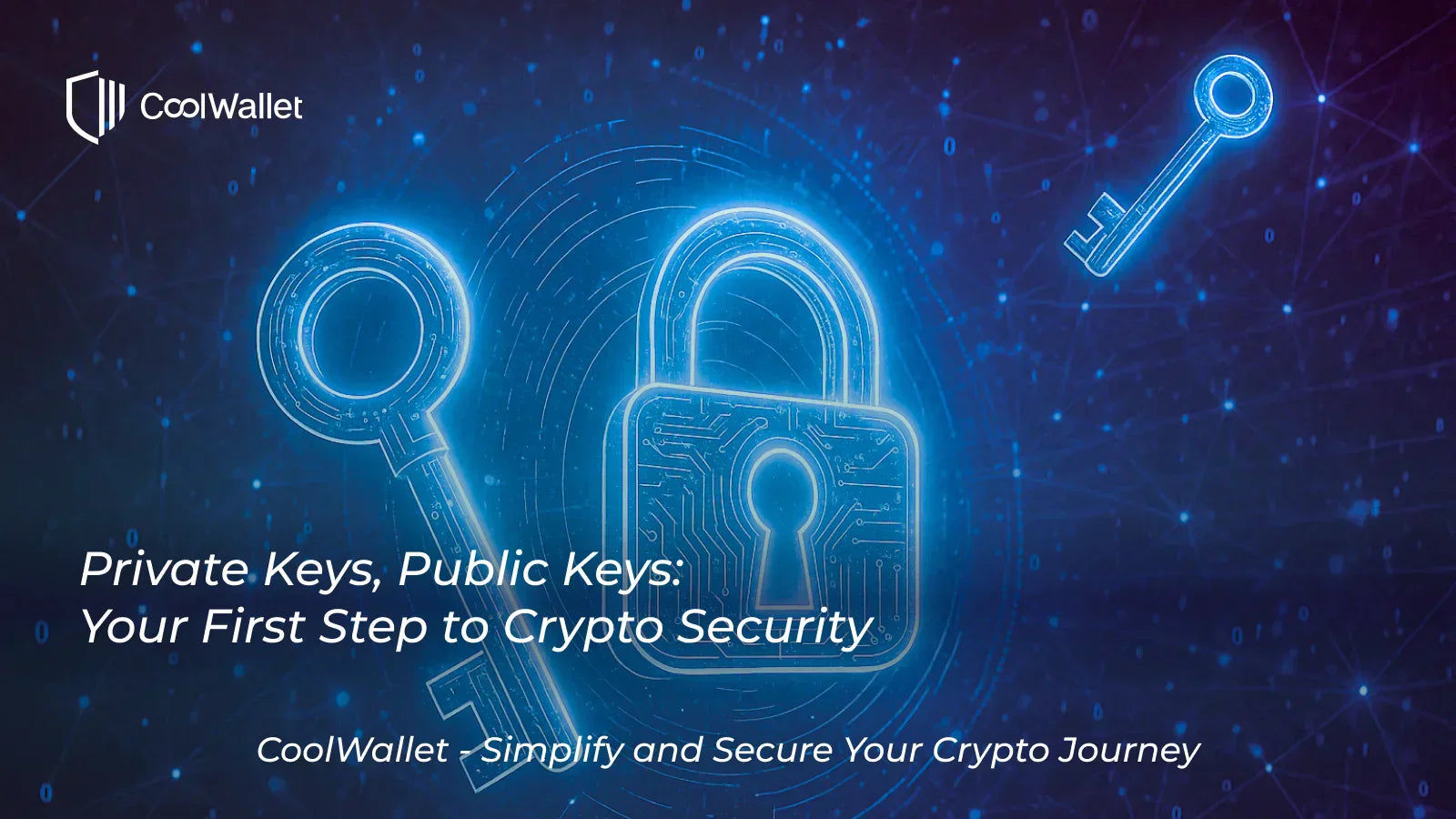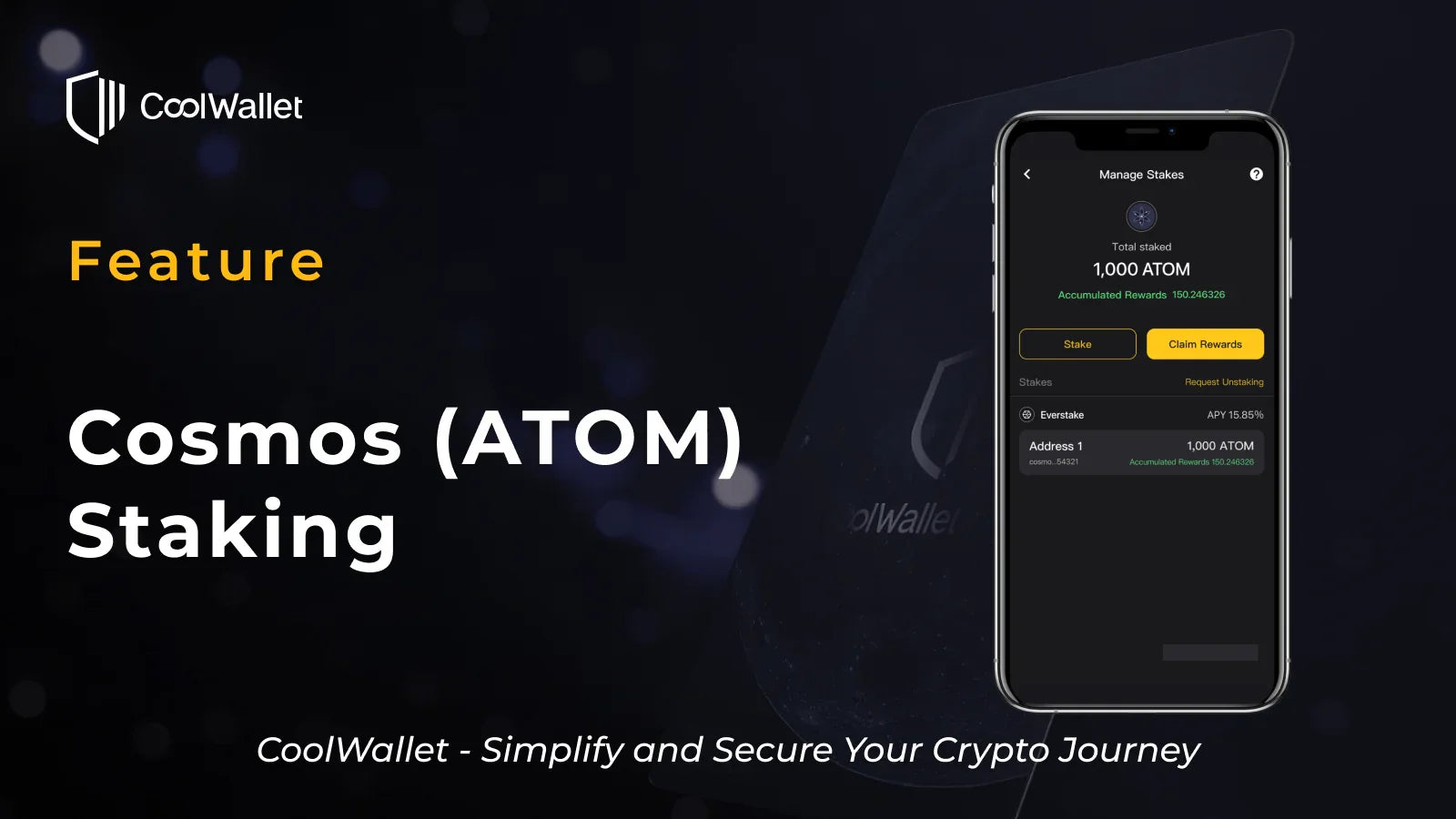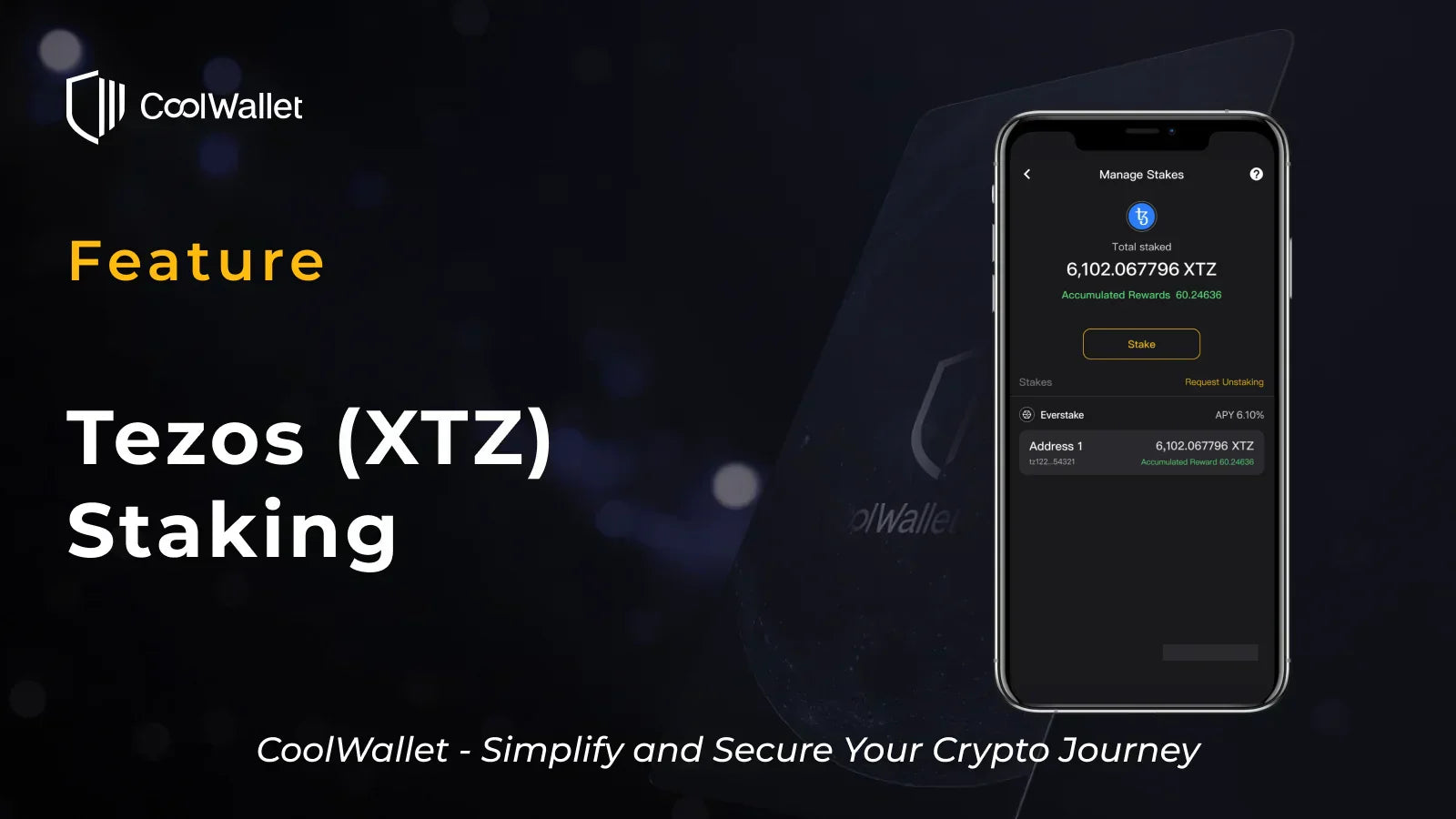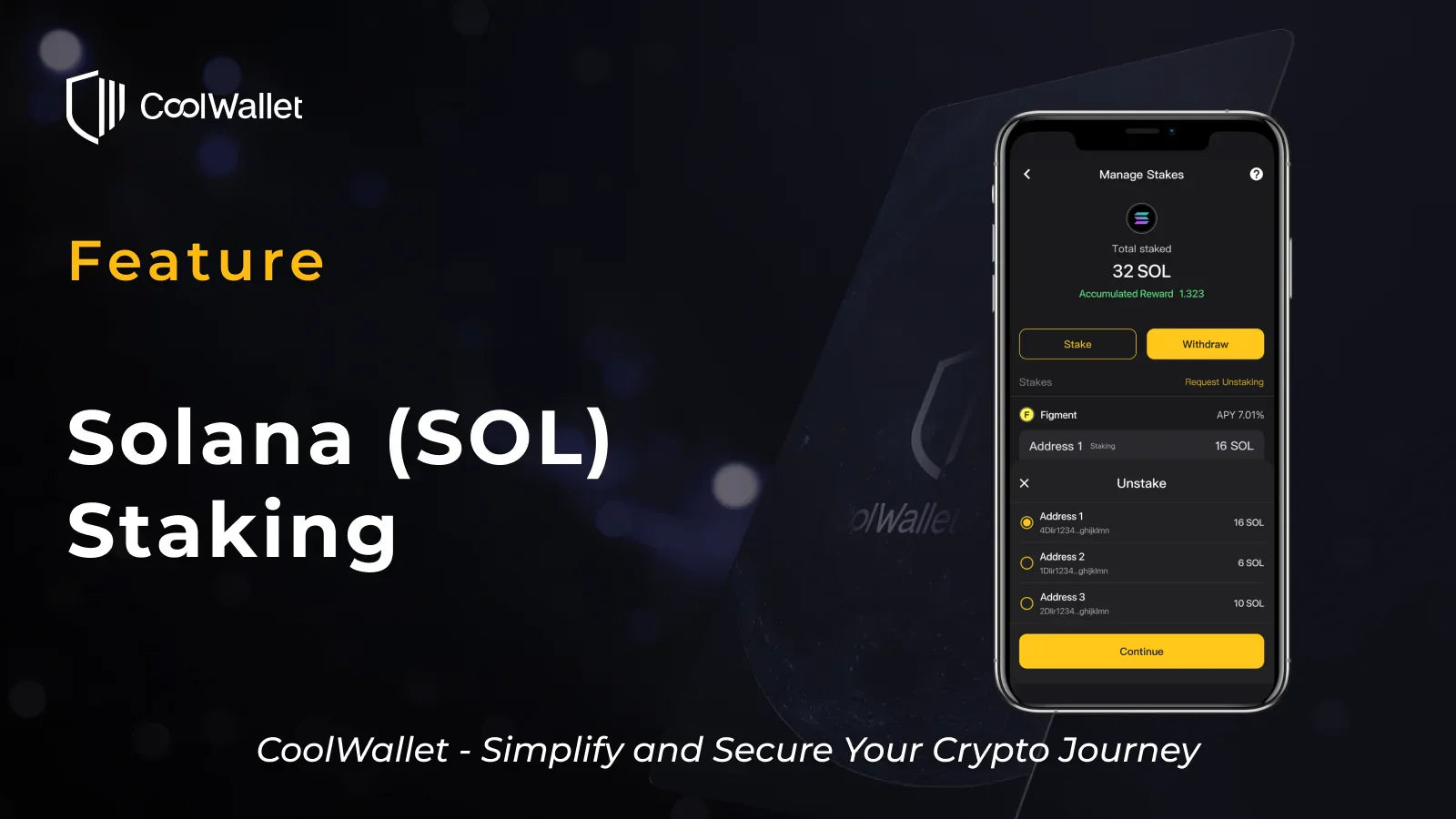Content
- Introduction: Why You Should Care About Private Keys
- What Are Public and Private Keys
- Public-Private Keys and Your Crypto Wallet
- Protecting Your Private Key: Common Methods and Risks
- Conclusion: Private Key Awareness Is Asset Awareness

Introduction: Why You Should Care About Private Keys
If you're new to blockchain and crypto, you've probably heard the terms "public key" and "private key." These aren't just technical jargon. They are the gatekeepers of your digital assets. Owning your private key means you have full control of your assets. But if your private key is ever leaked, your assets could disappear instantly.
“Not your key, not your coins” is not just a slogan. It is a hard truth.
So how are public and private keys related to your crypto wallet? By the end of this article, you’ll understand how this system works.
What Are Public and Private Keys
To understand public and private keys, you need to know about digital signatures. A digital signature is a cryptographic method used to verify the authenticity and source of data. Think of it like signing a document, except it's done with math, making it more secure and harder to forge.
In the world of blockchain, digital signatures serve two critical purposes:
-
They verify that a transaction was indeed authorized by the asset owner (only someone with the private key can sign it).
-
They ensure the content of the transaction wasn’t altered during transmission (any change would cause the signature check to fail).
The Relationship and Function of Public and Private Keys
Digital signatures are built on a cryptographic method called asymmetric encryption. It uses a pair of keys: a public key and a private key. These keys are generated using a mathematical algorithm and are unique. A public key can be derived from a private key using a one-way mathematical function, but the reverse is computationally infeasible. This asymmetry is what makes the system secure.
You can think of it like an email system:
-
The public key is like your email address. You can post it on websites or print it on business cards. Anyone who knows it can send messages to you. In blockchain, this address is derived from your public key and is used to receive assets.
-
The private key is like your email password. Only you can access your inbox. Similarly, in crypto, only the person with the private key can access and manage the assets in the wallet.
Unlike emails, blockchain is transparent. Anyone can see which address sent funds to another, and what amount and tokens were transferred. But just like your email account, only the person with the correct password can actually access the contents, in this case, the private key.
Public Keys Explained
A public key can be freely shared. It is used to generate wallet addresses, receive crypto, and verify the authenticity of transactions. Because it’s derived from a private key via a one-way function, it cannot be used to reverse-engineer the private key.
Even if your public key is seen by others online, it poses no direct risk. Its purpose is to let others send funds to you or verify your signed transactions. The public key cannot sign or move funds. In some blockchains, the full public key isn’t even shown in transactions. It may be stored in compressed form or only used when verifying signatures.
Private Key Explained
The private key is the core to controlling your blockchain assets. It acts as both a password and a signature of identity. It’s both your password and proof that you own the funds. If someone else gets it, they can take everything.
Each private key is a randomly generated large number (256 bits for Ethereum) and is paired with a unique public key. The private key signs transactions and proves identity. It’s a cryptographic commitment that says: “I authorized this.”
In practice, private keys are often presented as long hexadecimal strings or recovery phrases (also called mnemonic code). These must be securely stored. If lost, the related assets cannot be recovered. No one, not the platform, developers, or even the blockchain network itself, can recover them.
Public-Private Keys and the CIA Security Model
The public-private key system aligns with the three pillars of information security, known as the CIA triad:
-
Confidentiality: The private key is held only by the user. Unauthorized access is prevented, keeping assets safe.
-
Integrity: Transactions are signed with the private key and can be verified with the public key to ensure they haven’t been altered.
-
Availability: As long as you back up your private key or recovery phrase, you can restore your wallet and access your funds from any device.
This model forms the foundation of decentralized security in blockchain. Instead of relying on institutions, passwords, or accounts, you take responsibility for your assets through private key ownership.
Public-Private Keys and Your Crypto Wallet
From Private Key to Public Key: How the Process Stays Secure
Blockchain systems rely on asymmetric cryptography to remain secure in a decentralized environment. This system uses a key pair: a private key that stays with you, and a public key that is shared with others. This setup enables secure identity verification and message transmission without a trusted third party.
Blockchains like Bitcoin and Ethereum use elliptic curve cryptography (ECC), specifically the secp256k1 curve. It has two key properties:
-
It is easy to derive a public key from a private key.
-
It is nearly impossible to derive a private key from a public key.
This one-way nature is what makes the system trustworthy and secure.
From Private Key to Wallet Address: The Full Generation Process
When using a crypto wallet, you may not even notice anything called a “private key.” However, several important things happen in the background when you create a wallet:
-
Private Key Generation: The wallet first creates a 256-bit random number, which becomes your private key.
To make it easier to back up and store, this private key is often converted into a recovery phrase (also known as a mnemonic code). This phrase consists of 12 or 24 English words. As long as the words are in the correct order, you can use them to fully recover your original private key and access all your assets in any wallet that supports the BIP-39 standard.
Losing this recovery phrase is essentially the same as losing your private key. If that happens, your assets cannot be recovered.
-
Public Key Derivation: Using the secp256k1 elliptic curve algorithm, the wallet generates a public key from your private key. This is a one-way mathematical process. The private key can produce the public key, but it is not possible to reverse it and find the private key from the public key.
-
Wallet Address Generation: Different blockchains use different methods to create wallet addresses from public keys. These methods shorten the address, make it easier to verify, and improve security.

The wallet address is the string you use to receive crypto. It is indirectly derived from your private key, but it cannot be used to trace back to the key itself.
How Crypto Transactions and Signatures Work in Practice
When you initiate a crypto transaction, such as sending funds from your wallet, a series of cryptographic processes happen behind the scenes. The core steps include:
-
You enter the transaction details in your wallet, such as the recipient’s address and the amount to send, then submit the request.
-
The wallet hashes the transaction data, creating a fixed-length summary of the content.
-
Your private key is used to digitally sign the transaction. This signature proves that you authorized the transaction.
⚠️ This is where hot and cold wallets differ ⚠️
-
-
Hot Wallets: Private keys are stored on internet-connected devices. Transactions are signed quickly within the app. However, if your device is compromised, your key can be stolen.
-
Cold Wallets: Private keys are stored on offline hardware devices, completely isolated from internet exposure. When you initiate a transaction, the unsigned data is sent to the cold wallet. The device uses the private key to sign the transaction offline, and only the signed result (not the private key itself) is returned to the connected device.
Data transfer between the cold wallet and the online interface typically occurs via QR code, Bluetooth, NFC, or USB. The most important point is that the private key never leaves the secure device. Only the signature is transmitted.
-
-
The signed transaction is then broadcast to the blockchain network.
-
Blockchain nodes use your public key to verify the signature, confirming that the transaction was truly authorized by the owner of the wallet.
-
Once verified, the transaction is written to the blockchain and the asset transfer is complete.

From generating your private key and saving your recovery phrase to signing transactions and creating your wallet address, every step in using a crypto wallet relies on solid cryptography.
With cold wallets, your private key always stays safely inside the offline device. Only the signed transaction is sent out. That’s why cold wallets, especially hardware wallets, are seen as one of the safest ways to protect your crypto.
Protecting Your Private Key: Common Methods and Risks
“Not your key, not your coins.” Owning the private key means owning the asset. How and where you store your private key determines your security level. Protecting your private key is the first rule of crypto.
Software Wallets
Examples: mobile apps, desktop software, browser extensions
-
Pros: Easy to use and great for daily small payments
-
Risks: Keys are stored on internet-connected devices, vulnerable to viruses, phishing, or keyloggers
-
Tips: Use them as daily wallets only. Protect with encryption, biometric access, or PINs
Hardware Wallets
Examples: CoolWallet (card), Ledger (USB), Trezor (USB)
-
Pros: Keys are stored in secure chips and never exposed to the internet. Even if your phone or PC is hacked, the private key remains safe. Signing happens inside the device, and only the signature is sent out. Considered the most secure option.
-
Risks: If the device is lost or damaged and your recovery phrase is not backed up, assets are gone forever. Avoid tampered or untrusted sources. Malicious hardware may leak your keys without your knowledge.
-
Tips: Back up your recovery phrase offline and store it separately from your device. Never take a photo or upload it to the cloud. Set a PIN code to prevent unauthorized access if the device is lost. When purchasing, choose a device with tamper-resistant design, a reputable brand, and an active community. Also, keep the firmware and security settings up to date to reduce the risk of supply chain attacks or malicious hardware.
Conclusion: Private Key Awareness Is Asset Awareness
You don’t need to understand every detail of blockchain technology. But you do need to understand private keys. In Web3, power doesn’t lie in accounts or passwords. It lies in the string of characters that only you possess.
Not your key, not your coins.
Never hand your key to someone else. Don’t underestimate its value.
Protecting your private key is protecting your identity and financial freedom in the digital world.






Share:
Discover the Top 5 Trends from TOKEN2049 Dubai 2025|CoolWallet Special Offer
How Bitcoin Pizza Day Became the Tastiest Ritual in Web3|Celebrating with CoolWallet